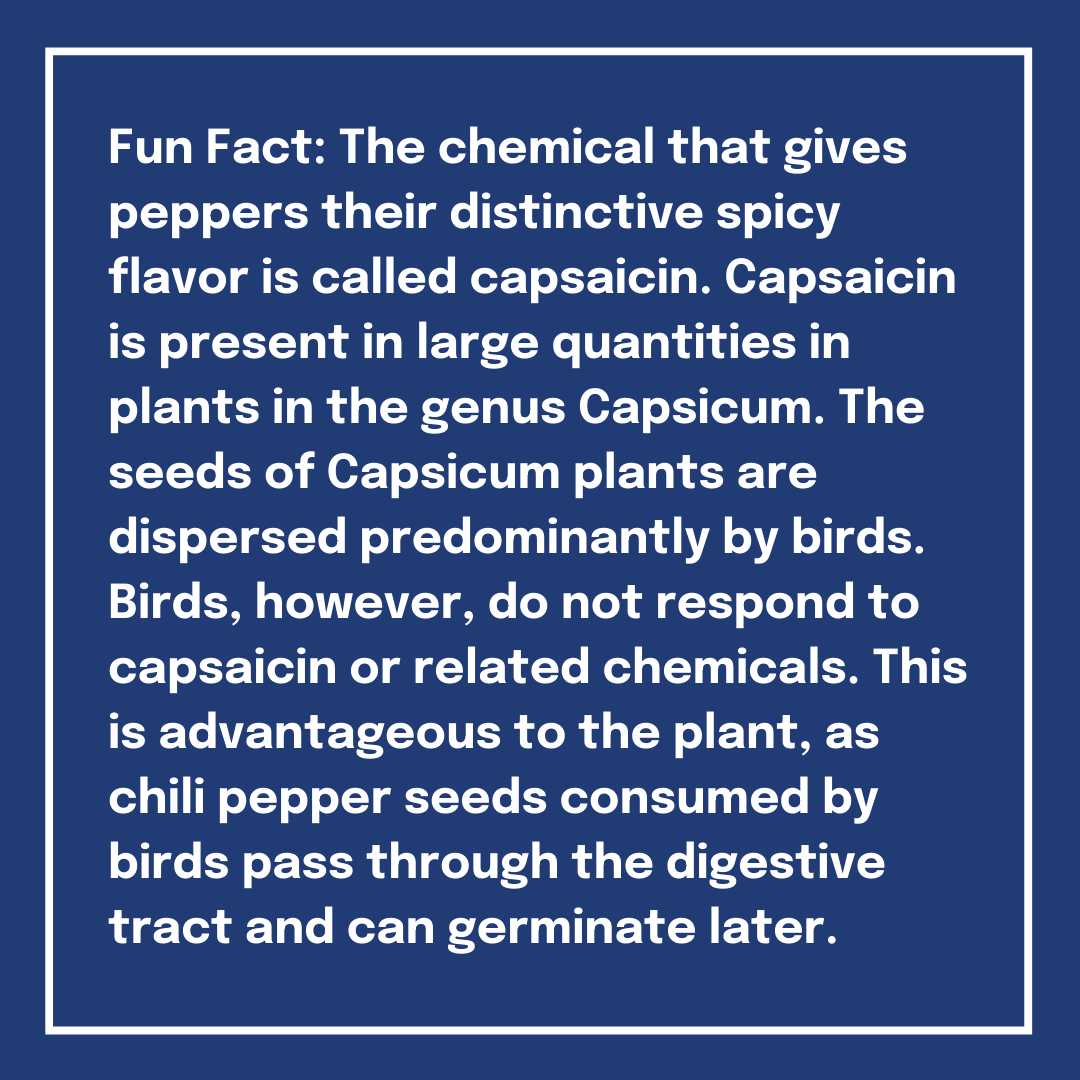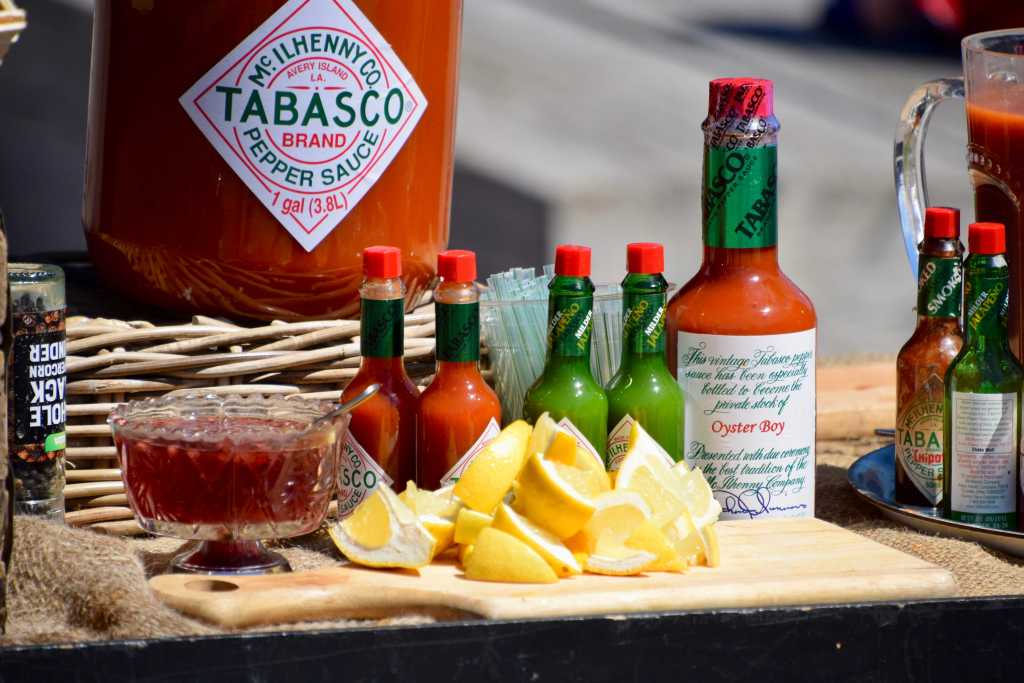Most hot sauce consists of some combination of chili peppers, vinegar, and salt. It is a pretty simple ingredient list that can have a big impact on the taste of a meal. While there are other spicy foods that get their heat from ingredients that aren’t chilis (mustard sauce, wasabi, horseradish), the traditional hot sauces in the U.S. are chili-based.
In the 19th century, the McIlhenny family introduced hot sauce to the commercial scene by bottling and selling Tabasco, a chili-based sauce, mainly to hotels and restaurants. Tabasco has been made on Avery Island, Louisiana for over five generations. Built on a salt dome, the company is still family-owned and -operated on that very same island.


From Costa Rica to Copenhagen, Tabasco can be found on tables around the world and is arguably one of the most popular hot sauces. However, there are countless varieties of hot sauce covering a broad spectrum of flavors, ranging from sriracha to buffalo sauce.
Spicing It Up
So what dish goes well with a deliciously spicy sauce? The Texas Pete Sultry Grilled Chicken is a tasty way to give your grilled chicken a spicy kick. The sauce combines a blend of flavors with ingredients such as kalamata olives, garlic, marinara sauce and of course, Texas Pete ® Original Hot Sauce.

New ideas and innovations can also be found in hot sauces. There are plenty of people who craft specialty hot sauce and incorporate unique flavors into the mix. Combining sweet and spicy, some artisanal hot sauces add a fruity element achieved with ingredients such as pineapple, mango, or even blackberries.
For example, Red Clay Hot Sauce and Hot Honey prioritizes flavor over flame. The South Carolina hot sauce company uses a coldpress technique to keep the locally-sourced honey raw, which brings out the ingredients’ flavor and retains active nutrients. A vegetarian friendly recipe that perfectly highlights the Red Clay Hot Honey is the Twice-Baked Sweet Potatoes dish. Requiring less than five ingredients, this recipe can be enjoyed as a wholesome comfort food or an ultimate party pleaser.

Flaming hot
Aside from flavor, there are those who appreciate chili peppers on a more extreme level. This group of hot sauce followers are called ‘chili heads’. These heat seekers don’t just eat chili peppers and fiery hot salsas and sauces for their taste and warmth. Here it’s all about getting a rush of endorphins, which can be compared to a runner’s high.
Do chili peppers all have the same amount of heat? No! The Scoville scale is a system that measures the level of capsaicinoids (which includes all the spicy chemicals, not just capsaicin) in a particular substance. Developed in 1912 by pharmacist Wilbur Scoville, the unit of measure, Scoville heat units (SHU), is used when discussing the spiciness of a particular food. A pepperoncini, for example, falls low on the Scoville scale at about 100 SHUs, while a Carolina Reaper tops the scale with up to 2.2 million SHUs. While tasting spiciness can be a somewhat subjective thing, measuring the chemicals on the Scoville scale provides an objective means of communicating just how hot something is.
While chili peppers may come in all different shapes, sizes, colors and flavors, the fact that spicy foods can be found in nearly every country on earth is a unifying quality. Humans have enjoyed hot sauce since ancient times and, as with so many foods, it can serve as an international language to bring different people together and find common ground.
Are you an importer or business looking for U.S. hot sauce or products from the Southern United States? Feel free to reach out to the Southern United States Trade Association or reach out to us on our contact page.




